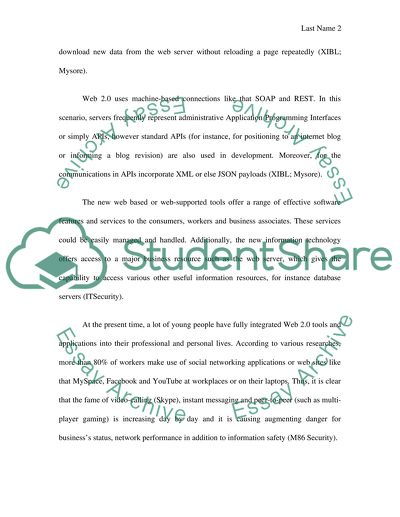Cite this document
(“Web 2.0 Security Research Paper Example | Topics and Well Written Essays - 2500 words”, n.d.)
Retrieved from https://studentshare.org/information-technology/1410697-web
Retrieved from https://studentshare.org/information-technology/1410697-web
(Web 2.0 Security Research Paper Example | Topics and Well Written Essays - 2500 Words)
https://studentshare.org/information-technology/1410697-web.
https://studentshare.org/information-technology/1410697-web.
“Web 2.0 Security Research Paper Example | Topics and Well Written Essays - 2500 Words”, n.d. https://studentshare.org/information-technology/1410697-web.


